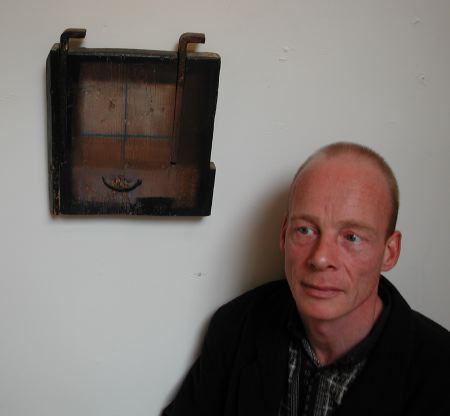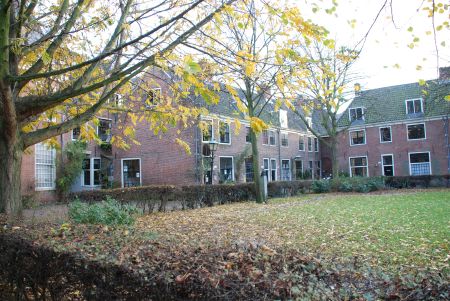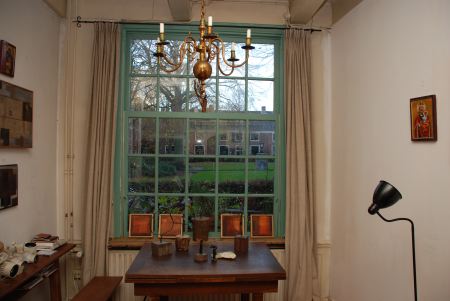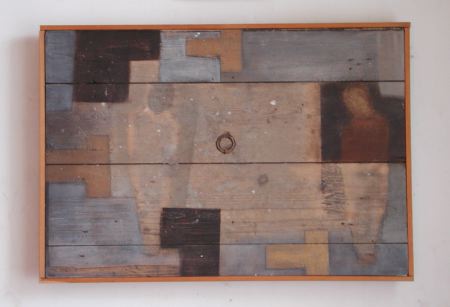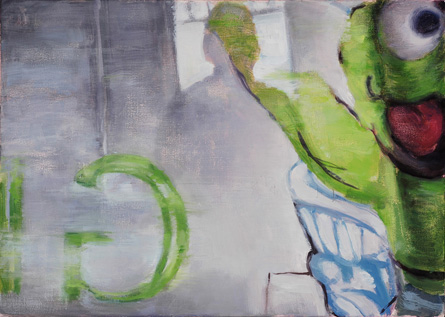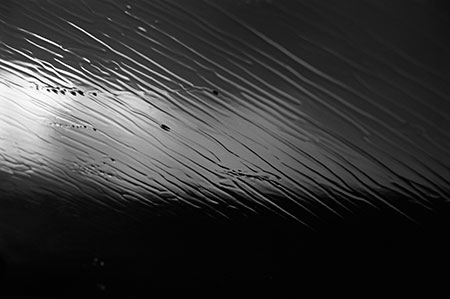
Vincent Van Gogh, Starry Night
It’s not much of an observation to say that a lot of artists are crazy, but it’s interesting to observe that few successful ones are.
That is contrary to commonly held myths about artists. That’s what makes it interesting.
It was my recent experience on Whidbey Island that prompts me to say this. I met a lot of successful artists there. They were successful on every count. They were doing exactly the art they wanted, and they were making decent money.
By “decent money” I mean over fifty thousand a year. Of course, that’s not a lot of money in terms of what it takes to own a home and raise a family in many parts of the US, but if you’re able to live where the real estate is not too expensive and you’re reasonably thrifty on top of that, it can be done. Many people manage on less. Most of the pro artists I met on Whidbey were doing much better than that.
But what struck me about that Washington group is something I’ve noticed again and again in other places with other publicly successful artists. They were not just calm and friendly people, they were genuine social adepts. These people were all highly tuned to their audiences; indeed, what was singularly remarkable was not their ferocious independence but their sense of community with the human race.
I don’t know if we can thank Freud for the notion that neurosis is helpful to an artist, but that notion does not accord with my own experiences with artists.
I look at the crazy ones with their messes and incomplete projects compared to the order of the power studios; I look at the nervous smiles of poor sellers compared completely natural engagement of the big sellers, and I know.
I’m on to something.
So to complete the list of why artists don’t make it we have:
1. The art is technically inferior.
2. The message is either boring or disagreeable.
3. The artist does not even try to sell.
4. The artist does not produce enough.
5. The artist wants too much money.
6. The artist is crazy.
The last undercuts them all.
Freud was wrong. Success in the arts is directly proportional to sanity.
The best and most successful artists are some of the sanest people you will ever meet.
Of course, one might ask, how is it, exactly, that craziness reduces one’s chance for success?
I can think of a recent example from my own life in which I tried to help an excellent artist but was rebuffed by insane suspicions about my intentions and unprovoked attacks on my character.
A guy can only take so much.
But that’s something crazy people do. They live life like it’s a script for suicide, and so they always make wrong choices at critical junctures — like ruining friendships by failing to understand social boundaries.
How does one handle such people? I genuinely want to learn because it’s obvious to me that a lot of artists are troubled beings, and if they could just get it together socially, they’d have so many more chances to win.

